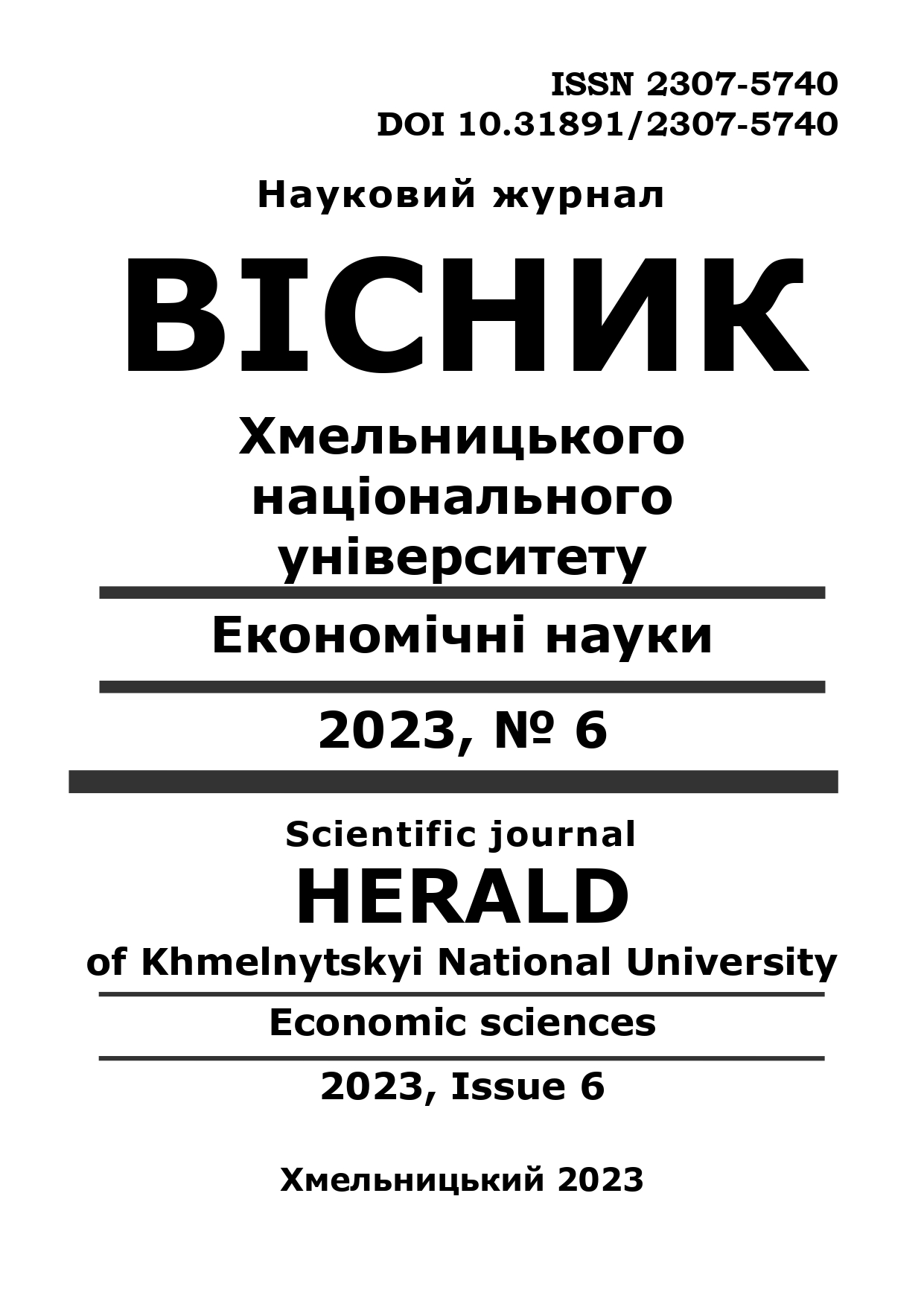SECURITIES INVESTORS PROTECTION CORPORATION: NEW CHALLENGES
DOI:
https://doi.org/10.31891/2307-5740-2023-324-6-17Keywords:
securities, investment, investor protection, financial market, stock market, fraud, bankruptcy, broker, cryptoassets, digital financial assetsAbstract
The article analyzes the activities of the Securities Investor Protection Corporation in the U.S. securities market as a body that ensures the protection of investors against the loss of funds in investment accounts due to broker bankruptcy. The reasons for the creation and indicators of SIPC activity are explored. The dynamics of the number of cases reviewed by the SIPC, as well as indicators of compensation payment to investors, were analyzed. Conclusions were drawn regarding the effectiveness of the preventive system for detecting offenses in the U.S. securities market. The focus of SIPC's activities is on creating a favorable investment climate on the American stock market, instilling confidence in investors that, in the event of broker bankruptcy, their investments will be compensated by SIPC.
The sources of the SIPC fund, used for compensating investors, are disclosed, along with the trend of changing fees for broker-dealers. The process of returning funds to investors, comprising several stages, is outlined. Factors influencing the speed of compensation payment to investors are identified. The categories of investors entitled to reimbursement from the SIPC fund are revealed, while others can participate in the distribution of the broker's assets on a proportional basis.
It was determined that the emergence and rapid development of financial assets, such as investment tokens recognized as securities by the American Securities and Exchange Commission, present new challenges to many financial market regulators. Specifically, the SIPC is likely to encounter new cases in the near future that will necessitate its intervention to protect investors already involved in operations with broker-dealers on the cryptoasset market. The author observed that issuers of cryptoassets are making efforts to circumvent SIPC and SEC regulation, particularly by not registering tokens offered to investors as securities.


